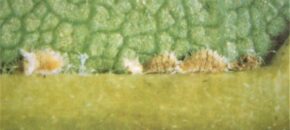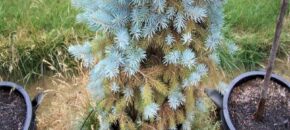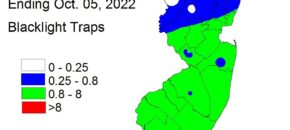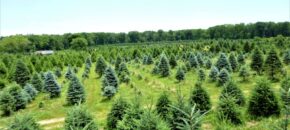
AUTUMN PEST REVIEW: Although the season is beginning to wind-down, there are still a number of insect & mite pests that require scouting during the fall weeks. The pests discussed in this blog include soft scale nymphs, boxwood leafminers, white pine aphids, spruce spider mites, southern red spider mites, hemlock rust mites, eastern spruce gall […]
Continue reading...


